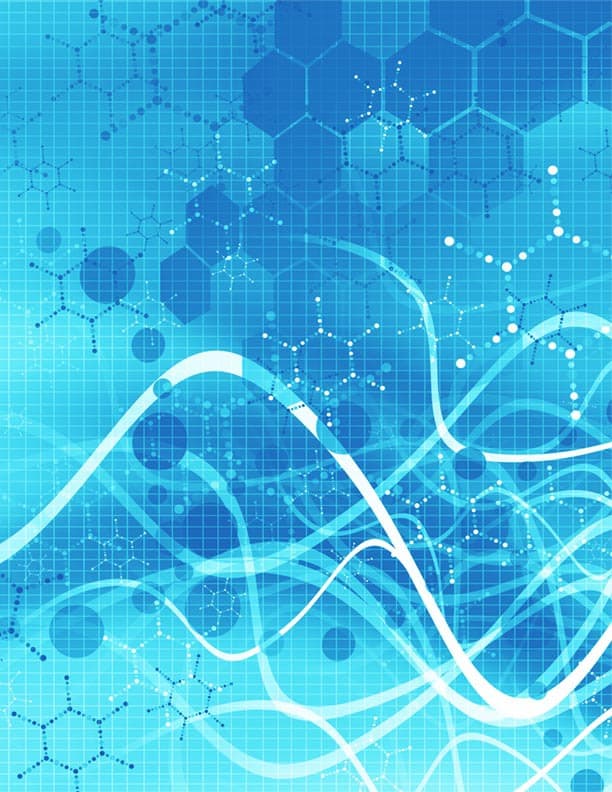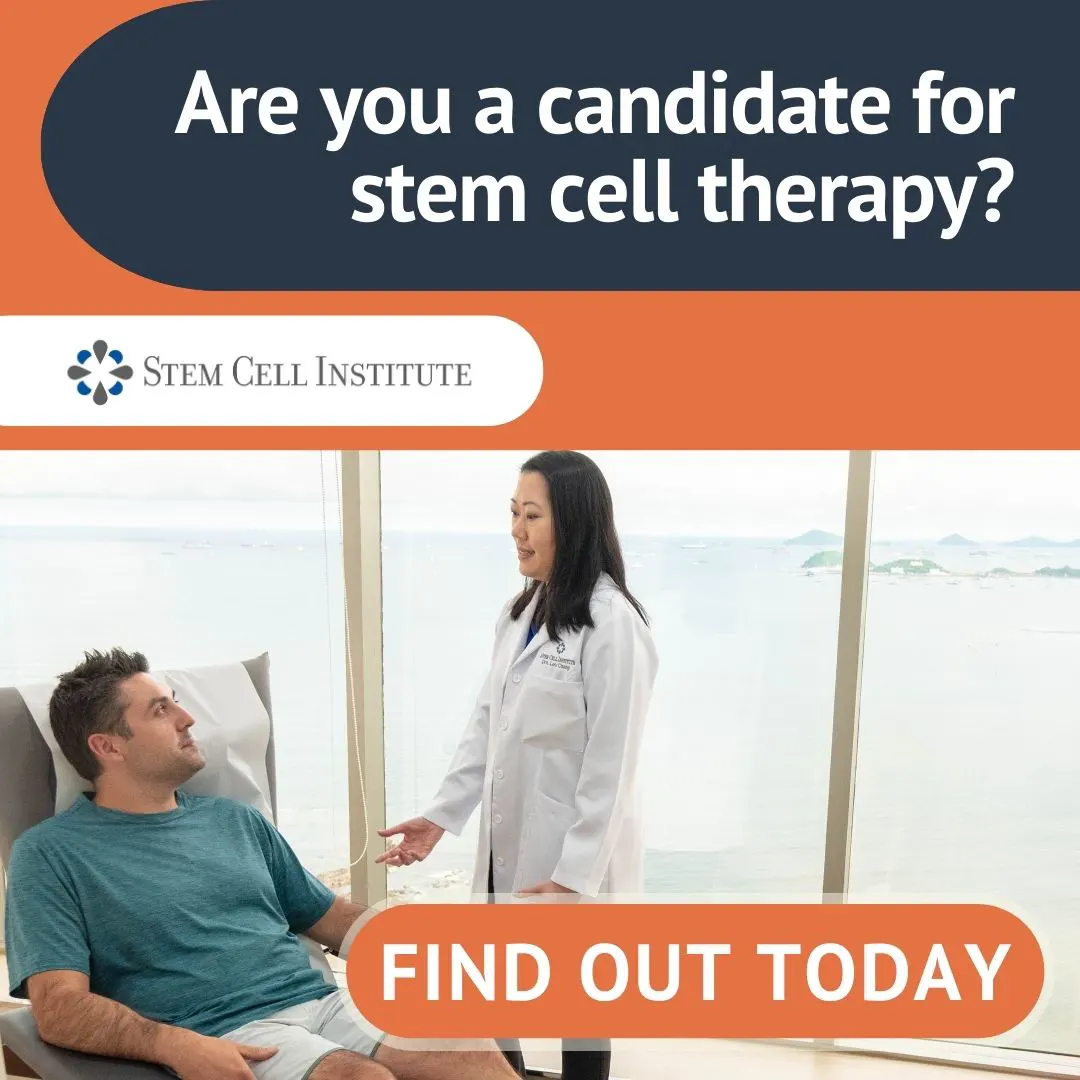Clinical feasibility of umbilical cord tissue-derived mesenchymal stem cells in the treatment of multiple sclerosis
Citation: J Transl Med. 2018 Mar 9;16(1):57. doi: 10.1186/s12967-018-1433-7.
BACKGROUND: Multiple sclerosis (MS) is a progressively debilitating neurological condition in which the immune system abnormally erodes the myelin sheath insulating the nerves. Mesenchymal stem cells (MSC) have been used in the last decade to safely treat certain immune and inflammatory conditions. METHODS: A safety and feasibility study was completed on the use of umbilical cord MSC (UCMSC) as a treatment for MS. In this 1-year study, consenting subjects received seven intravenous infusions of 20 × 106 UCMSC over 7 days. Efficacy was assessed at baseline, 1 month and 1 year after treatment, including magnetic resonance imaging (MRI) scans, Kurtzke Expanded Disability Status Scale (EDSS), Scripps Neurological Rating Scale, Nine-Hole Peg Test, 25-Foot Walk Test, and RAND Short Form-36 quality of life questionnaire. RESULTS: Twenty subjects were enrolled in this study. No serious adverse events were reported. Of the mild AEs denoted as possibly related to treatment, most were headache or fatigue. Symptom improvements were most notable 1 month after treatment. Improvements were seen in EDSS scores (p < 0.03), as well as in bladder, bowel, and sexual dysfunction (p < 0.01), in non-dominant hand average scores (p < 0.01), in walk times (p < 0.02) and general perspective of a positive health change and improved quality of life. MRI scans of the brain and the cervical spinal cord showed inactive lesions in 15/18 (83.3%) subjects after 1 year. CONCLUSIONS: Treatment with UCMSC intravenous infusions for subjects with MS is safe, and potential therapeutic benefits should be further investigated. Trial registration ClinicalTrials.gov NCT02034188. Registered Jan 13, 2014. https://clinicaltrials.gov/ct2/show/NCT02034188. PMID: 29523171 | PMC: PMC5845260 | DOI: 10.1186/s12967-018-1433-7


